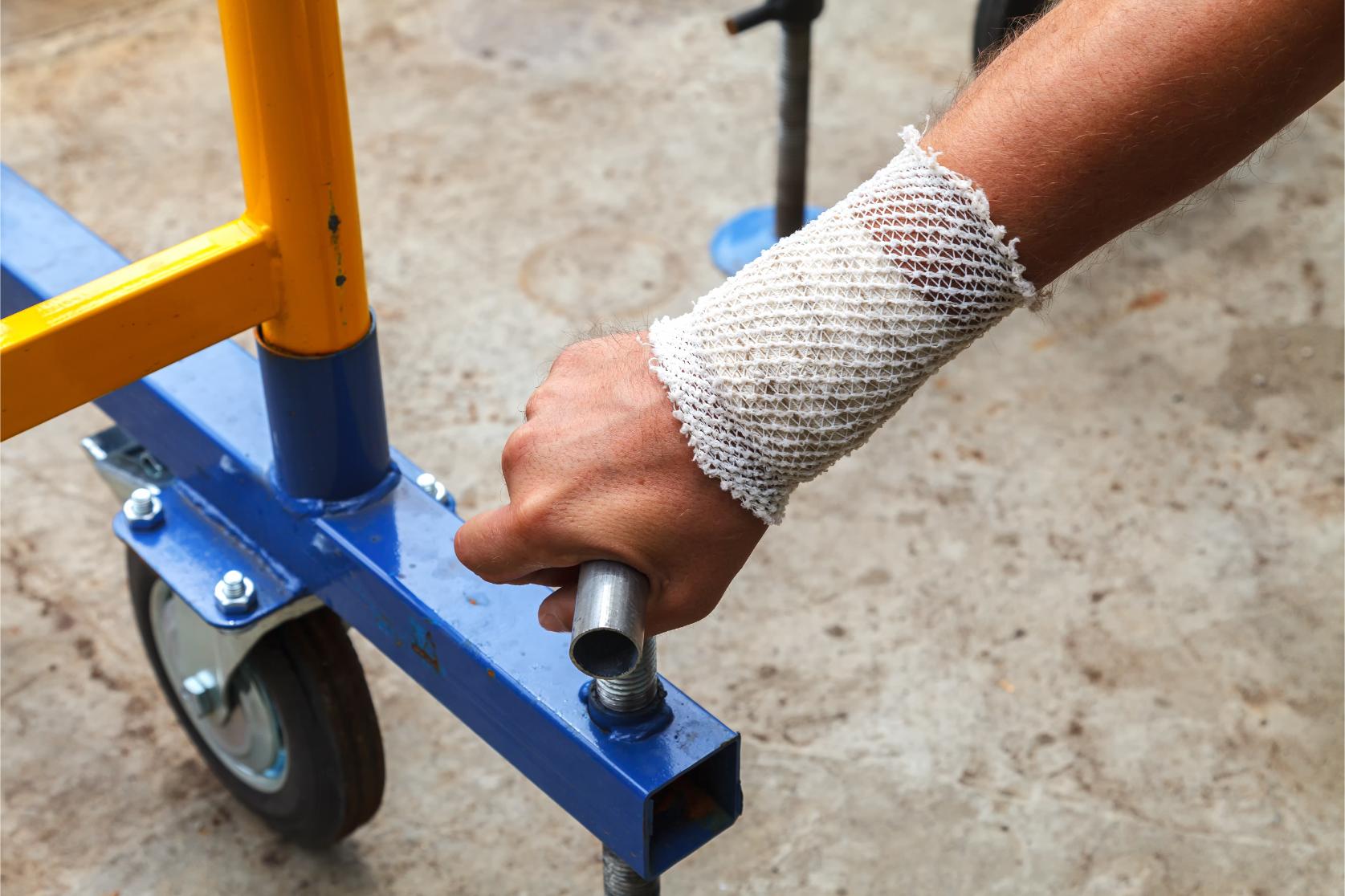Worker Injury

A worker injury, also known as a workplace injury or occupational injury, is any injury or medical condition that occurs as a result of work-related activities.
These injuries can happen suddenly due to accidents, such as falls, machinery malfunctions, or being struck by objects, or they can develop gradually over time due to repetitive motions or exposure to workplace hazards.

Musculoskeletal Injuries:
These injuries affect the muscles, bones, tendons and ligaments and are often caused by overexertion, repetitive motions, or lifting heavy objects.
They can lead to conditions like back pain, strains, sprains and fractures.
Traumatic Injuries:
These injuries result from accidents and can include fractures, dislocations, cuts, burns and more.
They are often caused by falls, machinery accidents, or other sudden events.
Repetitive Strain Injuries (RSIs):
RSIs occur over time due to repetitive movements, such as typing, assembly line work, or manual labor.
Conditions like carpal tunnel syndrome and tendonitis are examples of RSIs.
Some worker injuries develop due to prolonged exposure to harmful substances or environments. This category includes conditions like asbestos-related diseases, chemical exposure injuries and respiratory conditions.

After an injury, it’s essential to seek immediate medical attention. A healthcare professional will assess the injury’s extent and recommend appropriate treatment.
Many worker injuries require rest and rehabilitation to allow the body to heal properly. Physical therapy and exercises may be part of the recovery plan.
Pain relievers, anti-inflammatory drugs and other medications may be prescribed to manage pain and inflammation.
In some cases, surgical intervention is necessary to repair damaged tissues or bones. Orthopedic surgeons like Dr. Jonathan Herald specialise in surgical treatments for worker injuries.
Worker injuries often lead to claims for workers’ compensation benefits, which can cover medical expenses, rehabilitation, lost wages and more.
The Role of Specialists
Recovery and Returning to Work
Preventing Worker Injuries
Prevention is always better than treatment when it comes to worker injuries. Employers should prioritise workplace safety by implementing safety protocols, providing proper training and maintaining equipment and machinery.
Employees should also be proactive in following safety guidelines and reporting potential hazards to their supervisors.
In conclusion, worker injuries are a significant concern in various industries and they can have a profound impact on individuals’ lives.
Understanding the causes, seeking prompt medical attention and receiving specialised care from experts like Dr Jonathan Herald can make a significant difference in the recovery process. By prioritising safety and prevention, we can work towards reducing the incidence of worker injuries and ensuring a safer workplace for all.
